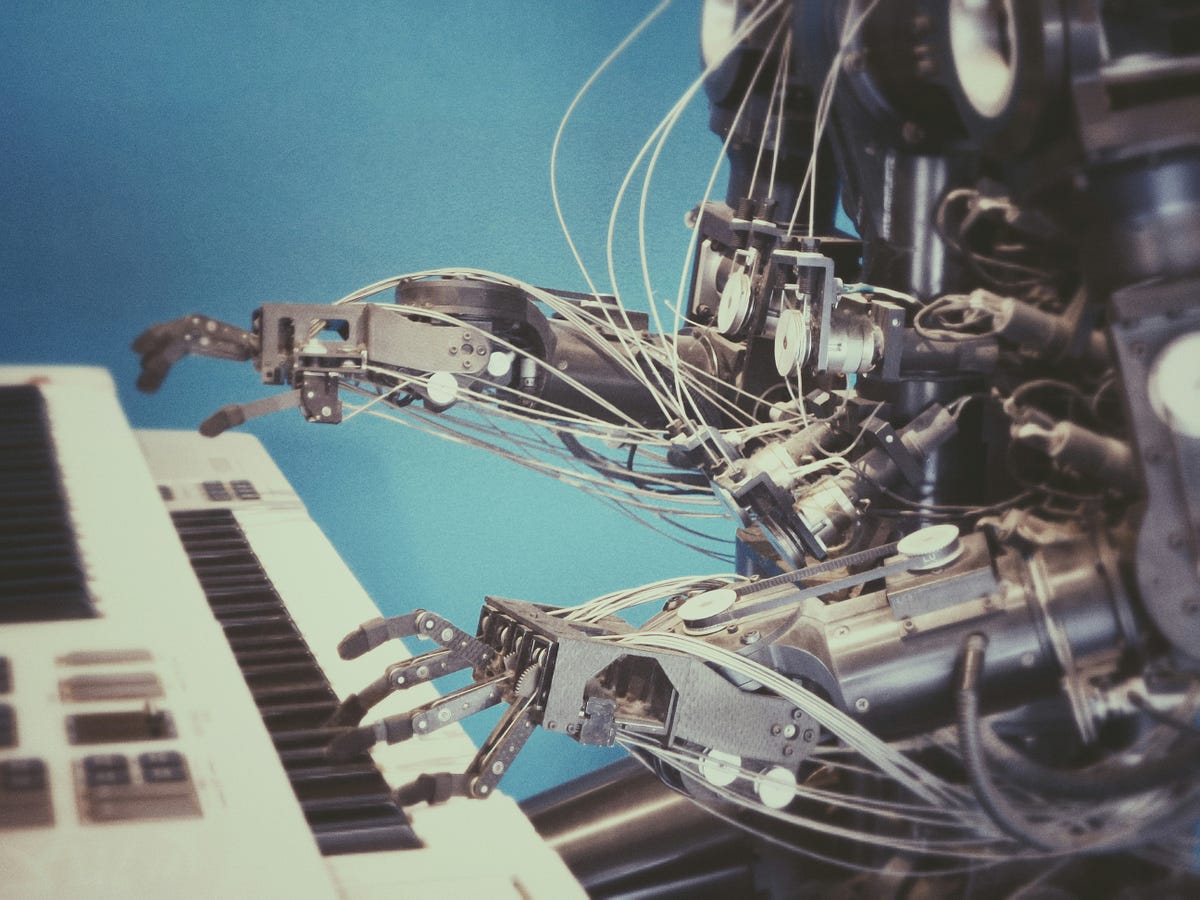How a Plagiarism Checker Can Differentiate Between AI-Written and Human-Written Text
Smart detection is RAID-certified — only with It’s AI. The role of a plagiarism checker in today’s digital landscape extends far beyond traditional text comparison. With the surge of advanced language models generating content, the challenge now lies in distinguishing AI-produced text from that authored by humans. Understanding how a plagiarism checker performs this complex task is essential for educators, content creators, and institutions aiming to uphold authenticity and originality.
Understanding the Core of a Plagiarism Checker
A plagiarism checker functions by meticulously scanning submitted content against vast repositories of source materials. Traditionally, its goal was to uncover copied or closely paraphrased text across essays, articles, and websites. However, as artificial intelligence techniques evolve, so do the capabilities of the plagiarism checker. It now incorporates sophisticated algorithms designed to detect subtle patterns and nuances that differentiate AI-written text from human-written prose.
The unique skill of a plagiarism checker lies in analyzing writing style, structure, and linguistic choices rather than merely matching text sequences. This enables it to identify artificial versus natural writing patterns with remarkable precision.
How Language Patterns Reveal AI Writing
AI-generated text, while impressively coherent, carries telltale signs in syntax and semantics that a plagiarism checker detects. AI writing models often produce content with repetitiveness, formulaic expressions, or excessive uniformity that deviates from human variability. A plagiarism checker uses advanced linguistic analysis to examine sentence complexity, word usage frequency, and contextual flow to determine the likelihood that a text was created by artificial intelligence.
For instance, human-written content tends to embrace occasional inconsistencies, emotional tone shifts, idiomatic expressions, and creative metaphors, which AI text may lack or replicate inconsistently. The plagiarism checker evaluates these factors to assign confidence scores discriminating AI text from genuine human authorship.
Role of Semantic and Contextual Analysis in Detection
Modern plagiarism checkers transcend keyword matching by integrating semantic understanding and context evaluation. They leverage natural language processing techniques to grasp the meaning behind sentences and paragraphs. This approach allows the checker to spot AI-generated content that might cleverly paraphrase or rephrase source materials.
By contextualizing phrases and assessing coherence over extended passages, the plagiarism checker distinguishes robotic repetition from personalized storytelling or argumentation. This depth of analysis is key to recognizing AI-written text that would otherwise appear original under surface-level scrutiny.
Machine Learning Enhancements for Accurate Identification
The most advanced plagiarism checker tools employ machine learning models trained on extensive datasets comprising both AI and human-generated texts. These systems learn to detect subtle linguistic and stylistic discrepancies characteristic of AI authorship over time. By continuously updating and refining their models, plagiarism checkers improve reliability and reduce false positives.
Machine learning enables dynamic adaptation to emerging AI writing techniques, ensuring the plagiarism checker remains effective despite rapid advancements in content generation technologies.
Why a Plagiarism Checker Must Keep Evolving
The interplay between AI content creation and plagiarism detection is a continuous arms race. As AI models grow more sophisticated, producing text increasingly indistinguishable from human writing, plagiarism checkers must innovate to keep pace. This necessitates ongoing development of deeper semantic analysis, style recognition, and cross-referencing capabilities.
Without constant evolution, a plagiarism checker risks becoming obsolete, allowing AI-generated text to bypass detection and compromising standards of originality and academic integrity.
Practical Implications for Different Sectors
For educators, content managers, and publishers, employing a plagiarism checker that can tell AI-written from human-written text offers critical advantages. It protects intellectual property rights, maintains content credibility, and supports fair evaluation processes. Additionally, it encourages responsible AI usage by discouraging overreliance on automated text generation tools.
Moreover, businesses leveraging content marketing benefit from ensuring that their published materials preserve human creativity and authenticity, enhancing audience trust and engagement.
Conclusion: The Essential Role of a Plagiarism Checker Today
The ability of a plagiarism checker to differentiate between AI-written and human-written text marks a significant milestone in digital content verification. By utilizing linguistic analysis, semantic understanding, and machine learning, it safeguards originality in an era increasingly dominated by artificial intelligence. Choosing a plagiarism checker with these capabilities means embracing a tool equipped to confront the evolving challenges of content authenticity with precision and confidence.










